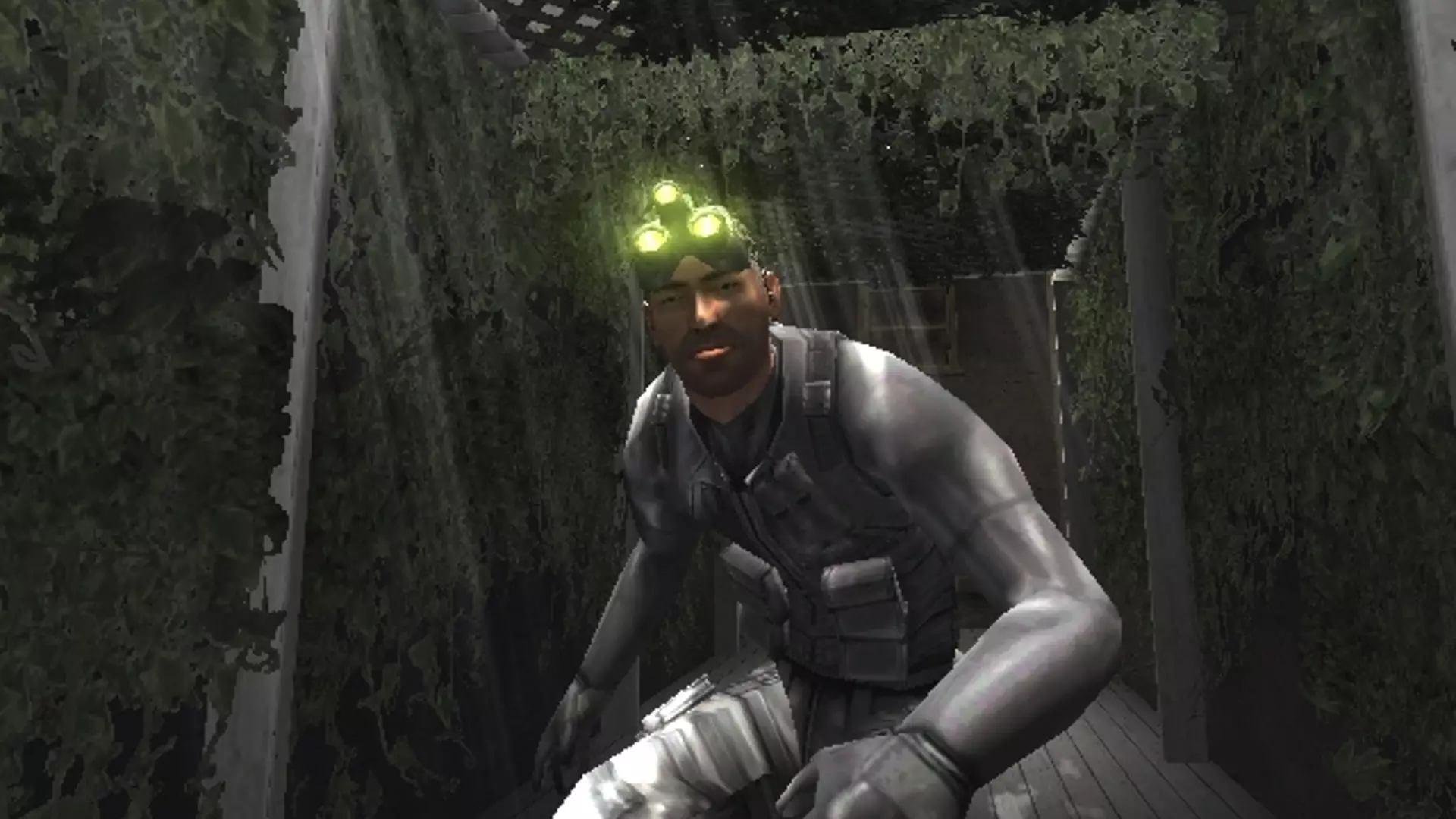In the mid-2000s, few titles stood out as prominently as *Splinter Cell: Chaos Theory*. It not only captured the essence of stealth gameplay but also exemplified a peak in graphical technology that many games of the era aspired to reach. The creative mastermind, Clint Hocking, who played an integral role in its development, encapsulated the sheer ambition of the project when he noted that the game’s team had thoroughly exhausted the hardware capabilities of its time. This wasn’t just another sequel; it was an evolution—an assertion of the potential embedded in the existing technology just before the dawn of a new gaming era.
The arrival of the original Xbox was more than just the introduction of a console; it was a revolutionary moment that changed the landscape of game development. Compared to its contemporaries, like the PlayStation 2 and Sega Dreamcast, the Xbox created a platform where developers could finally fulfill grander visions. Hocking’s comments about the console triggering a “paradigm shift in rendering technology” are notable. This shift allowed *Chaos Theory* to redefine graphical fidelity and immerse players in a world that felt darker, more detailed, and decidedly alive.
Innovation in Stealth and Gameplay
The gameplay mechanics of *Chaos Theory* also deserve a spotlight. Hocking and his team took the stealth genre and elevated it, introducing intricate systems that prioritized player choice and tactics. Instead of merely providing a linear experience, the game encouraged players to become cocooned in its atmosphere, navigating shadows and light with a finesse that felt rewarding. As a result, each level felt less like a scripted mission and more like a sandbox of opportunities where intellect and strategy were paramount.
By introducing features like dynamic lighting and advanced AI behaviors, *Chaos Theory* offered players a tantalizingly authentic experience. The AI’s ability to react to the player’s actions with an almost organic fluidity pushed the boundaries of what gamers had come to expect from stealth titles, marking a clear departure from earlier iterations in the franchise. Players were forced to adapt their strategies continuously, creating a thrilling cat-and-mouse dynamic that was both exhilarating and nerve-wracking.
The Legacy of Chaos Theory
While *Chaos Theory* earned accolades across various platforms, the Xbox version stood out, receiving not only critical acclaim but also resonating strongly with the gaming community. This is a testament to how well the game utilized the hardware’s unique capabilities. Hocking’s reflection on how they could not push the technological envelope any further captures the adrenaline-fueled journey of creation; it highlights a moment in gaming history when developers knew they had crafted something exceptional.
Fast forward to today, and *Chaos Theory’s* influence is palpable in modern stealth and action games. Its legacy continues to inspire upcoming developers who seek to blend intricate gameplay with cutting-edge technology. As gamers look back on this classic title, it becomes clear that it was more than a mere milestone; it was a bold statement that redefined expectations and set a high bar for future entries in the genre. A true masterpiece, *Splinter Cell: Chaos Theory* remains a shining beacon in the annals of video game history, celebrating the merger of artistry, innovation, and compelling gameplay.

